(Translated from the original post on March 29, 2022)
Hello, I'm Inaba.
I love the soft light of spring. It makes me want to take casual portrait snapshots, rather than serious portraits.
As mentioned in a previous article by ARA, [Key], [Contrast] and [Clarity] are the key factors in processing an image to express soft light. For portraits in particular, [Clarity] is very important, and setting it drastically negative can make the skin tone exposed to the light look nice and soft.
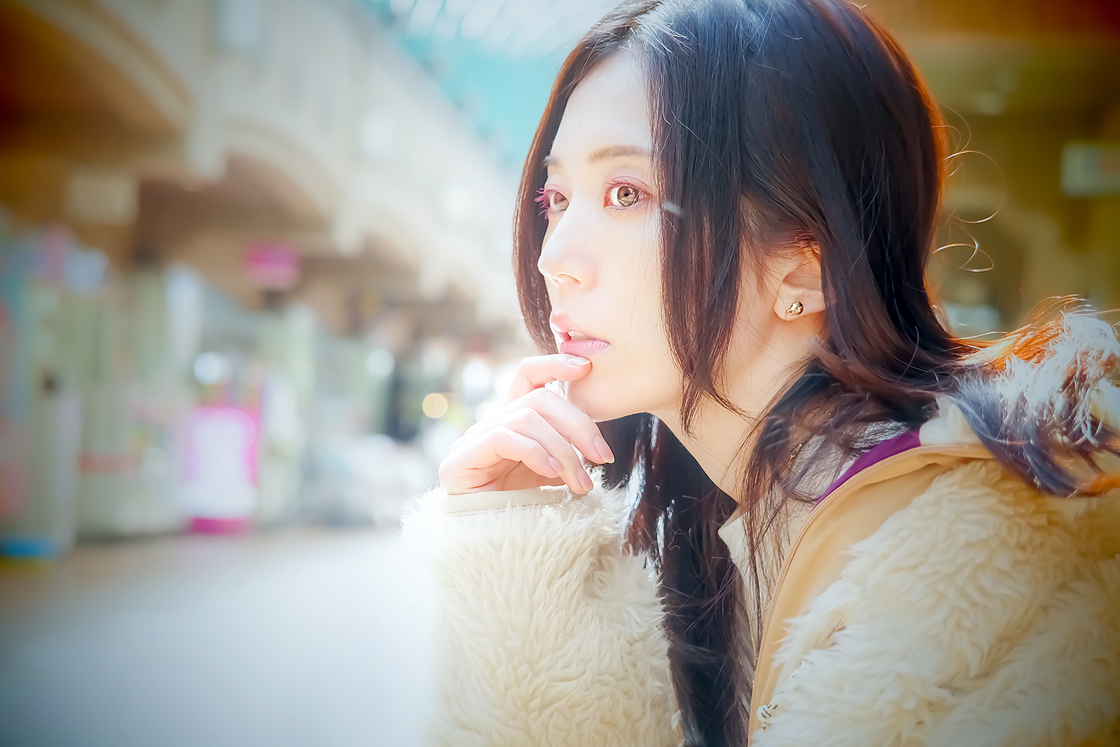
GR IIIx Av Mode F2.8 SS1/160 ISO200 EV0.0 AWB Standard, with GT-2 Tele Conversion Lens
The light shining into the arcade area was gentle and I used the GT-2 Tele Conversion Lens to bring out the model, and developed a soft image based on Image Control Standard.
Saturation +1
Hue 0
Key +2
Contrast 0
Contrast (Highlight) +1
Contrast (Shadow) -1
Sharpness 0
Shading -4
Clarity -4
Sensitivity +0.3
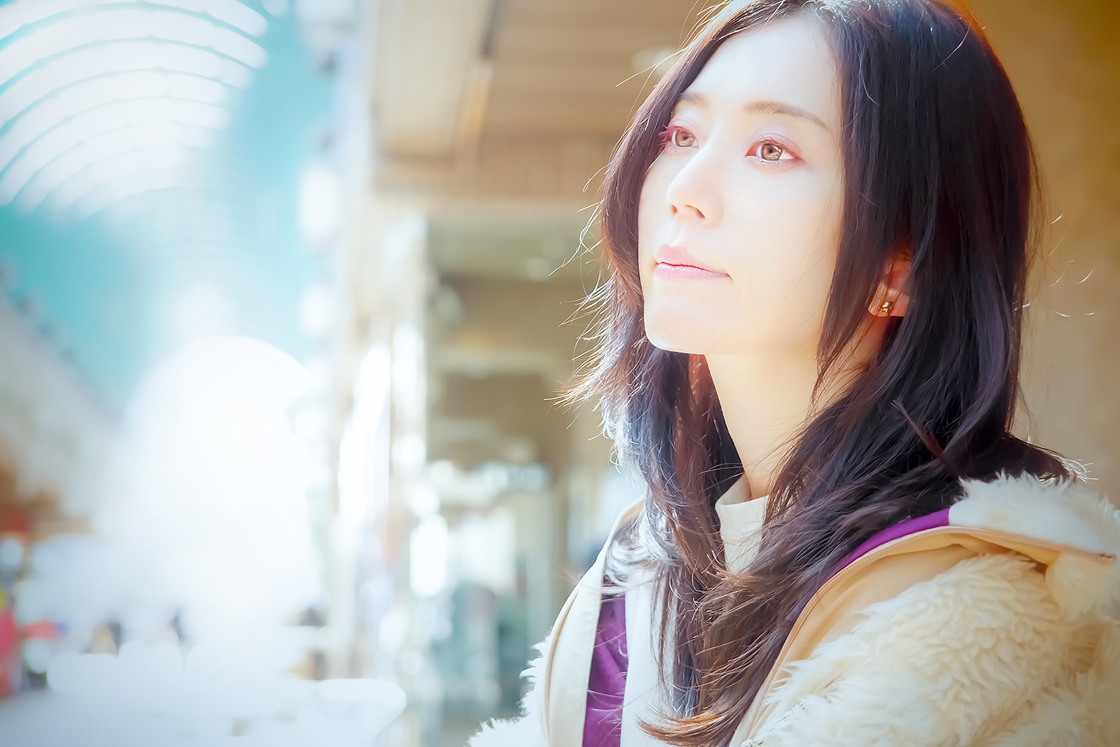
GR IIIx Av Mode F2.8 SS1/160 ISO200 EV0.0 AWB Standard, with GT-2 Tele Conversion Lens
I developed this photo in the same way as the first one (except the shading is -2).
The natural expression of the subject and the feeling of being surrounded by soft light together create a good atmosphere.
At first, I was worried that the sharpness of the GR would be blurred by setting [Clarity] to an extremely negative value, but the resulting images had perfect softness. Please try it.
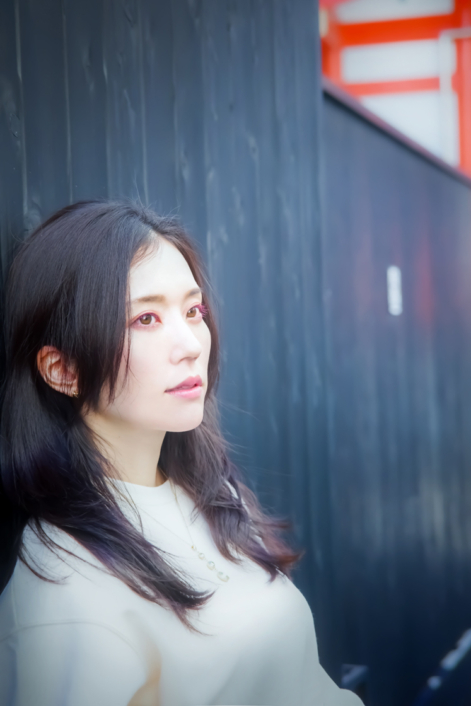
GR IIIx Av Mode F2.8 SS1/250 ISO200 EV-0.7 WB K Standard, with GT-2 Tele Conversion Lens
One thing to note is that a significant change in the [Clarity] parameter can sometimes slightly affect skin color. In this case, you may want to adjust the white balance or hue ([K M4A9] in the photo above).
Also, as in the photo above, the black color of the wall is slightly lighter when [Clarity] is set to negative. Be careful with dark-colored subjects when setting it to an extremely negative value.
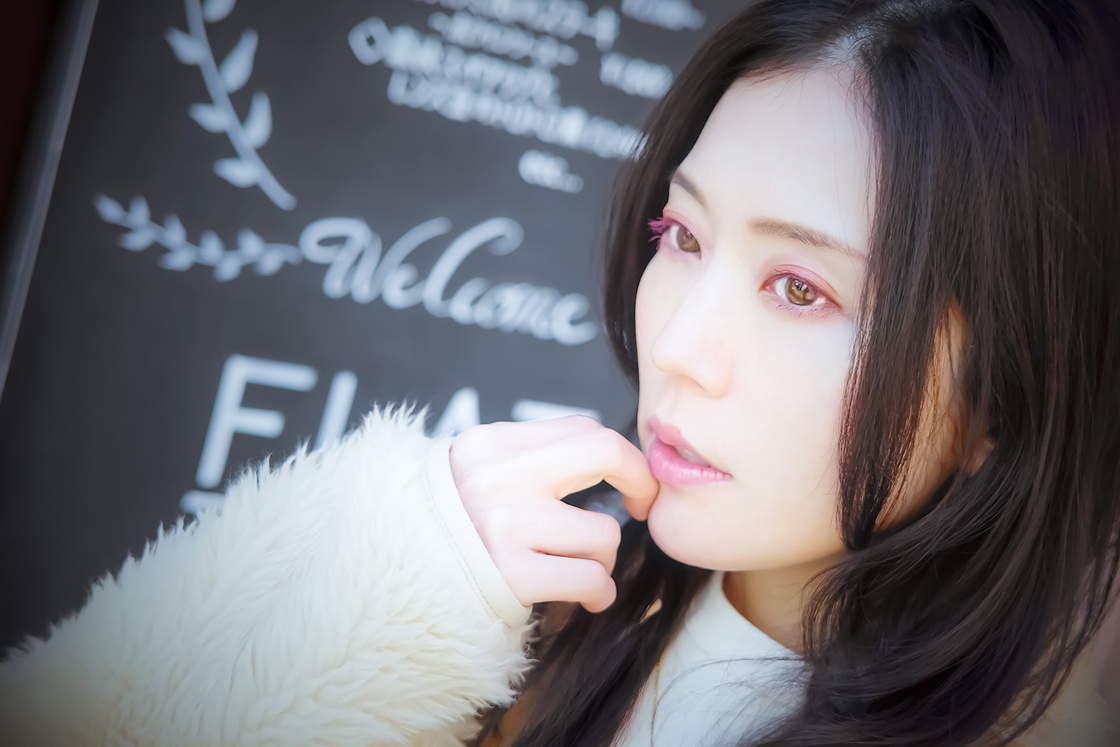
GR IIIx Av Mode F2.8 SS1/320 ISO200 EV0.0 WB Sunlight Standard, with GT-2 Tele Conversion Lens
In this photo, the black background of the sign is also lightened. The hair color is darkened by shading. This has to do with how you compose, but as the composition in snapshots is generally loose (in my case?), the composition at the time of taking is also important if you want to create a softer impression by developing the image.
The photo above was developed as follows using Standard.
Saturation +1
Hue 0
Key +1
Contrast -1
Contrast (Highlight) +1
Contrast (Shadow) 0
Sharpness 0
Shading -4
Clarity -3
Finally, on another day, I took some more pictures of cherry blossoms in spring.
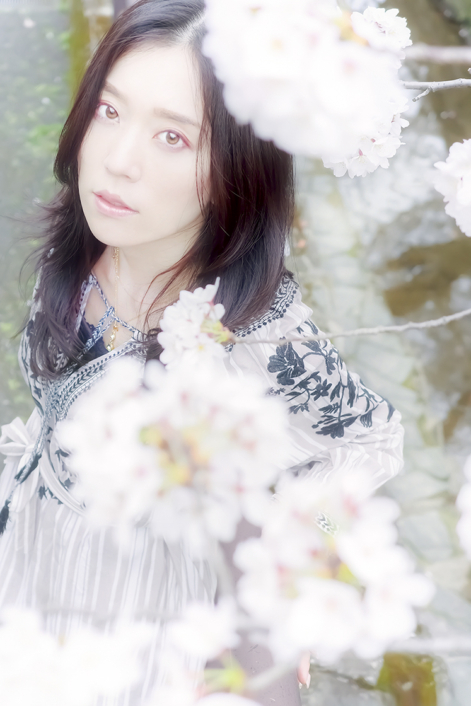
GR IIIx Av Mode F2.8 SS1/800 ISO200 EV+0.3 WB Sunlight Standard
I thought the cherry blossoms would match the soft expression, but it was cloudy that day and I had a hard time getting good compositions - the cherry blossoms blended into the sky when the angle was meant to include the cherry blossoms overhead, the surrounding houses came into the picture when the angle was parallel to the model's eyes, etc.
So I attached my smartphone and Wi-Fi-connected GR to a monopod I happened to have with me and shot from above the cherry blossoms. The head of the monopod was fixed, so I had to shoot horizontally and use the in-camera cropping function to create a vertical composition.
This time I tried portrait snapshots, where the image settings help to create a soft impression of light. I'd like to explore this a bit more, because when [Clarity] is set to extremely negative, the results can vary depending on the subject.
I hope you'll give it a try!
See you soon.
Model: Keiko Wakao (Actor, Scriptwriter, Director) twitter : @keiko_wakao
(Inaba)














